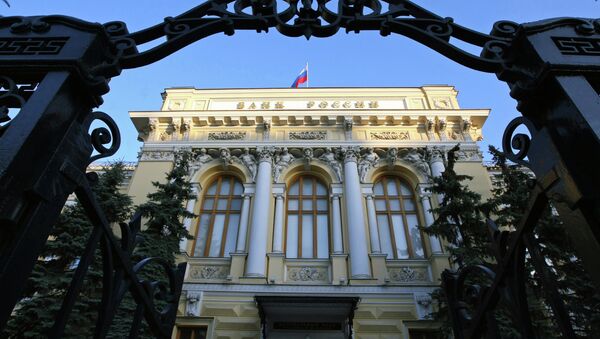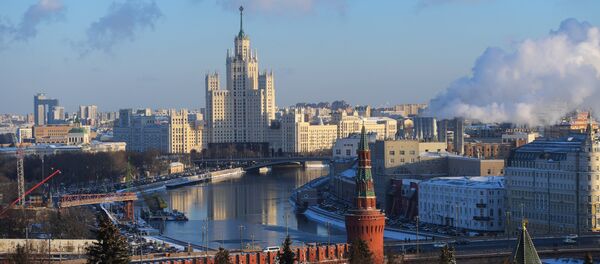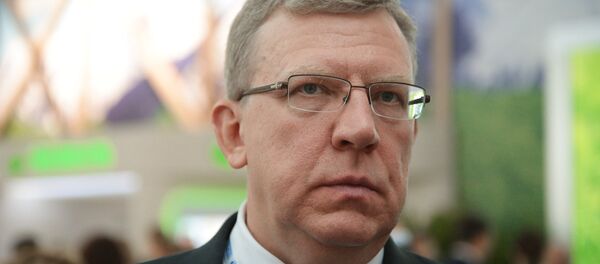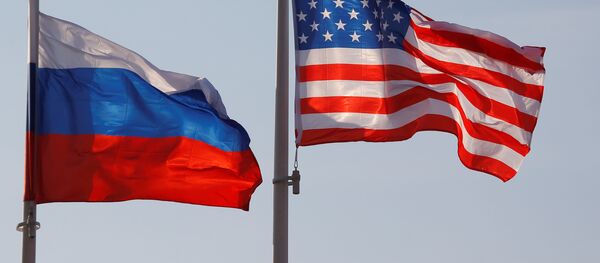Kristian Rouz – Russia’s economy posted a significant improvement in the second quarter after seven consecutive quarters of contraction and two quarters of tepid expansion in the past two and a half years.
The current pace of growth is highest since 2012 and is predominantly driven by the robust expansion in the manufacturing sector, which helped offset the international sanctions that primarily affect the financial and services sectors.
The stunning pace of economic recovery also indicates an across-the-board rebalancing of Russia’s economy, as in the low oil prices environment and limited gains in the financial services, the nation had to rely on other drivers of economic expansion.
Although the Q2 reading exceeded market expectations, it still fell short of the economy ministry’s earlier projections of a 2.7 percent expansion. Still, Russia’s economy is now expected to grow at above 2 percent for the current year, driven by the manufacturing sector.
"We have revised our forecasts, which were already above consensus, up to 2.3 percent this year and 2.5 percent in 2018," William Jackson of London-based Capital Economics wrote in a note.
Industrial production rose by an annualized 3.8 percent in 2Q17, whilst construction expanded by 2.9 percent after a 4 percent decline at the beginning of the year. Retail sales increased by 0.7 percent after a 1.6 percent decline in the first quarter.
"Growth in both the construction and industrial sectors picked up sharply, while retail sales growth returned to positive territory. Agriculture was the only key sector to contract in the second quarter," Capital Economics observed.
An advisor to President Putin, Alexei Kudrin of the Centre for Strategic Research, said in an interview that the negative effects of the international sanctions on Russia’s economy have weakened significantly. Sanctions are currently slashing just 0.5 percent off Russia’s GDP growth, whereas in 2014, they hampered economic expansion by 1 percent.
In the UK, the Brexit-related foreign trade headwinds subtracted 0.8 percent from GDP growth in the previous quarter, according to an estimate from Pantheon Macroeconomics. In the US, foreign trade woes resulted in 1.7 percent being subtracted from GDP growth in 2016, the consultancy said.
Russia’s current acceleration is driven by a higher production of coal, oil and electricity, as well as a higher factory output.
These reforms would allow Russia’s growth to accelerate to 3-4 percent annually, Kudrin said, mainly because of the improved government administration and higher labor productivity.
Meanwhile, Russia’s central bank, being more cautious in its assessment of economic conditions, is considering monetary policy adjustments in order to help the expansion in the consumer sector. Whilst the regulator is not expecting inflation to increase, the pickup in economic growth might suggest that loosening base borrowing costs, currently at 9 percent, might not be necessary.
"At the margin, stronger-than-expected (GDP) growth will weaken the argument for looser monetary policy," Capital Economics observed.
At this point, the international sanctions have become a minor disturbance to Russia’s economy, and their effects are similar to those of the Brexit-related risks to the UK’s economic expansion and the Trump administration-proposed readjustment of approach to foreign trade to the economy of the US. However, in a similar fashion to the US and the UK, Russia is now facing momentous domestic structural challenges, which are hindering the nascent revival in national manufacturing.
If properly addressed through reform and adjustment, these challenges will gradually dissipate, allowing for Russia’s higher competitiveness in international trade. If not, a decade of only moderate growth might be entailed.
"In the coming six to seven years we might not notice the declines in productivity and technological development. Ultimately, we will see them, because other [economies] will grow faster, but by then it will be difficult to change something," Kudrin said.
The US and the UK are facing significant challenges in the form of low labor productivity and stagnant wages, whilst attempting to revive their respective manufacturing sectors. Russia has a historic chance to outpace these two economies in terms of industrial expansion, given that the US economy grew by 2.6 percent and the British GDP gained 1.7 percent compared to Russia’s 2.5 percent in the second quarter.





